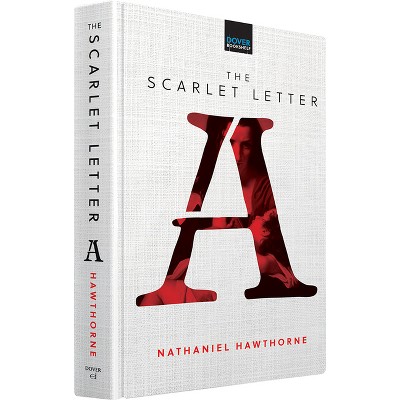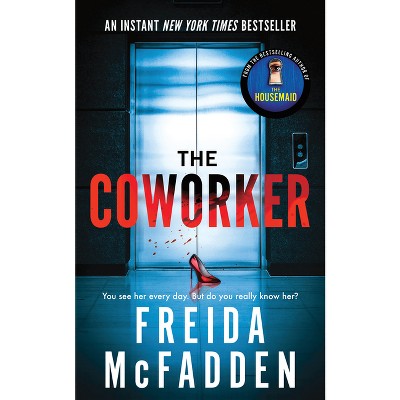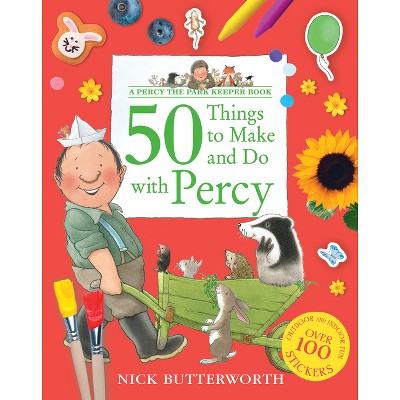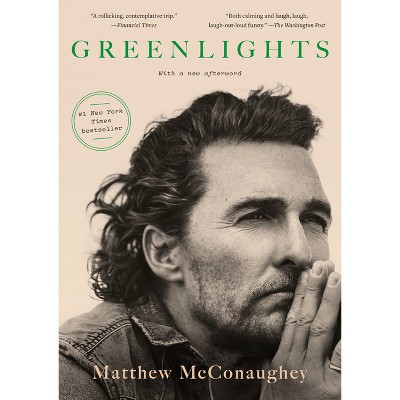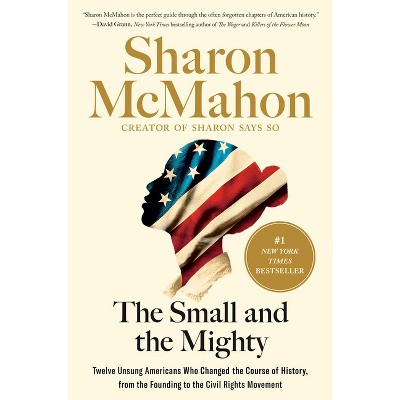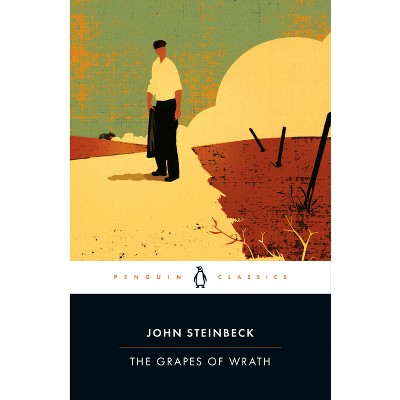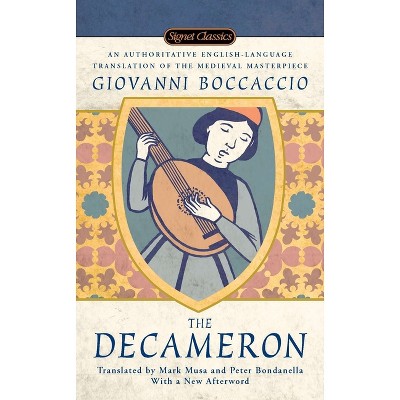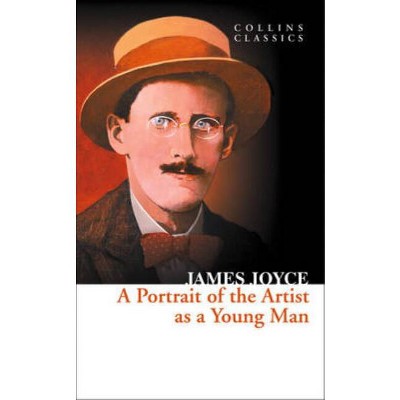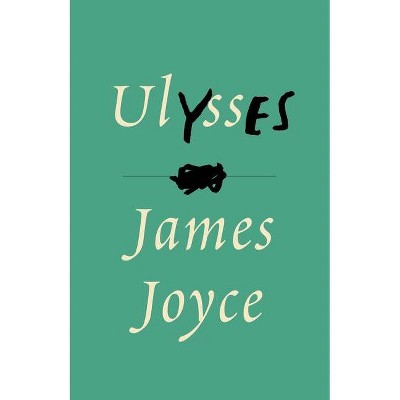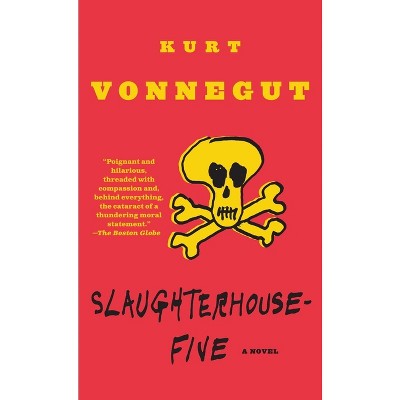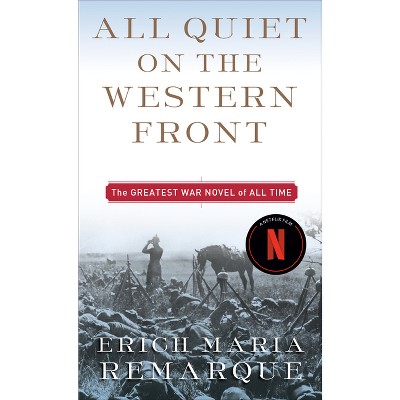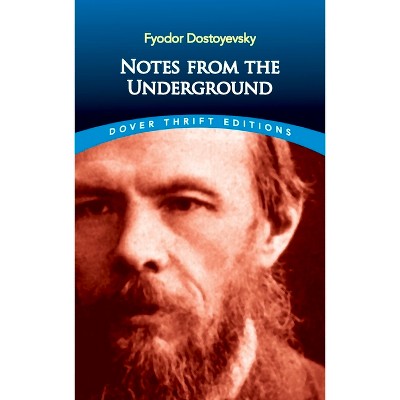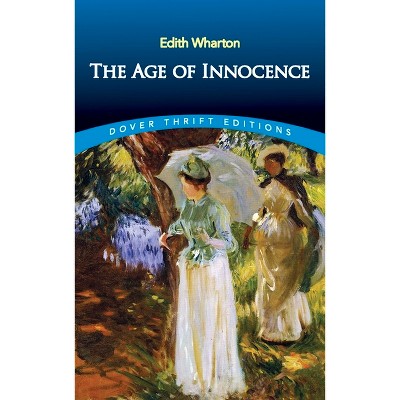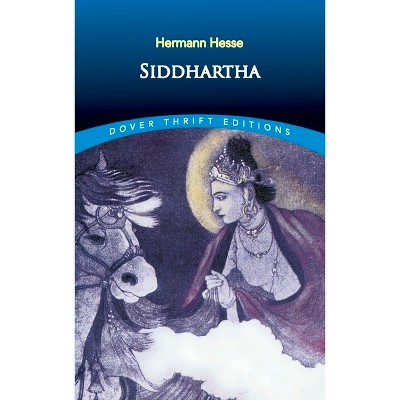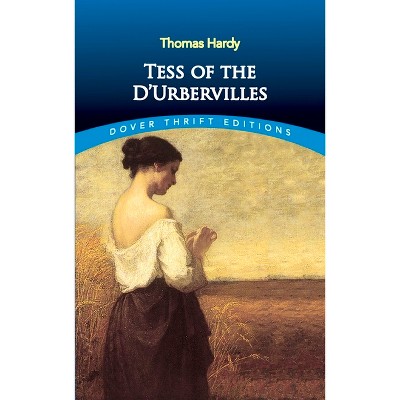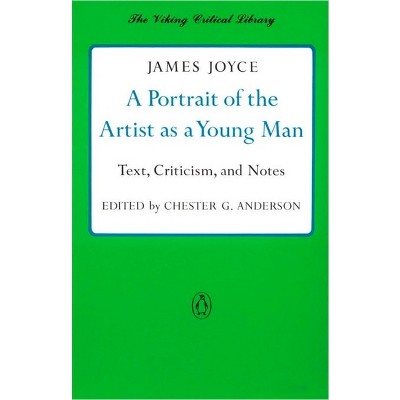Sponsored

A Portrait of the Artist as a Young Man - (Dover Thrift Editions: Classic Novels) by James Joyce (Paperback)
In Stock
Sponsored
About this item
Highlights
- Perhaps Joyce's most personal work, "A Portrait Of The Artist As A Young Man" depicts the intellectual awakening of one of literature's most memorable young heroes, Stephen Dedalus.
- About the Author: Sooner or later, most undergraduates encounter him, and some scholars devote their careers to his exuberantly eloquent prose.
- 192 Pages
- Fiction + Literature Genres, Coming of Age
- Series Name: Dover Thrift Editions: Classic Novels
Description
About the Book
Joyce's semi-autobiographical chronicle of Stephen Dedalus' passage from university student to "independent" artist is at once a richly detailed, amusing, and moving coming-of-age story, a tour de force of style and technique, and a profound examination of the Irish psyche and society.Book Synopsis
Perhaps Joyce's most personal work, "A Portrait Of The Artist As A Young Man" depicts the intellectual awakening of one of literature's most memorable young heroes, Stephen Dedalus. Through a series of brilliant epiphanies that parallel the development of his own aesthetic consciousness, Joyce evokes Stephen's youth, from his impressionable years as the youngest student at the Clongowed Wood school to the deep religious conflict he experiences at a day school in Dublin, and finally to his college studies where he challenges the conventions of his upbringing and his understanding of faith and intellectual freedom. James Joyce's highly autobiographical novel was first published in the United States in 1916 to immediate acclaim. Ezra Pound accurately predicted that Joyce's book would "remain a permanent part of English literature, " while H.G. Wells dubbed it "by far the most important living and convincing picture that exists of an Irish Catholic upbringing."A remarkably rich study of a developing young mind, "A Portrait Of The Artist As A Young Man" made an indelible mark on literature and confirmed Joyce's reputation as one of the world's greatest and lasting writers.
From the Back Cover
Like much of James Joyce's work, A Portrait of the Artist as a Young Man is a fictional re-creation of the Irish writer's own life and early environment. The experiences of the novel's young hero, Stephen Dedalus, unfold in astonishingly vivid scenes that seem freshly recalled from life and provide a powerful portrait of the coming of age of a young man of unusual intelligence, sensitivity, and character.
The interest of the novel is deepened by Joyce's telling portrayals of an Irish upbringing and schooling, the Catholic Church and its priesthood, Parnell and Irish politics, encounters with the conflicting roles of art and morality (problems that would follow Joyce throughout his life), sexual experimentation and its aftermath, and the decision to leave Ireland.
Rich in details that offer vital insights into Joyce's art, this masterpiece of semiautobiographical fiction remains essential reading in any program of study in modern literature.
About the Author
Sooner or later, most undergraduates encounter him, and some scholars devote their careers to his exuberantly eloquent prose. James Joyce (1882-1941) led the vanguard of 20th-century fiction, and his experimental use of language and stream-of-consciousness technique continue to captivate, intrigue, and influence modern readers and writers.
